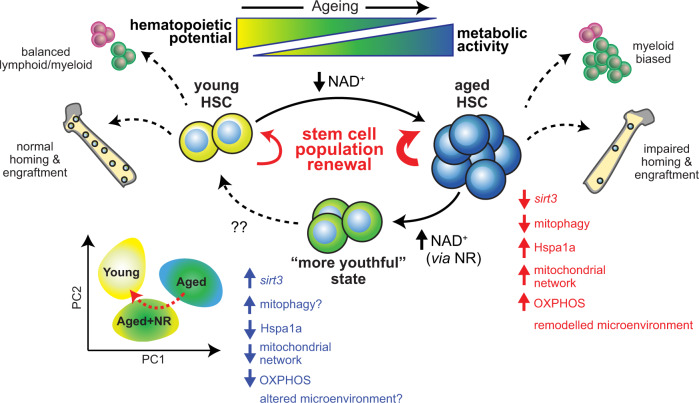Fig. 8. Proposed model of the effects of NR treatment on aged HSC.
With age, HSC undergo several changes including expansion of the stem cell pool, reduction in homing and engraftment potential and myeloid biased differentiation. These functional changes are associated with reduced Sirt3 expression and reduced mitophagy with a concomitant increase in the mitochondrial network and increased metabolism that is reliant on oxidative phosphorylation. These changes are underpinned by the altered transcriptional programme of aged HSC. Repletion of the age-associated decrease in NAD levels in HSC via nicotinamide riboside (NR) results in a reduction of the HSC pool as well as changes in the transcriptional programme of aged HSC towards a “more youthful” state and is associated with improved engraftment and partial reversion of the myeloid bias following transplantation of HSC isolated from NR-treated aged mice. These effects may be driven by increased Sirt3 expression, reduced levels of Hspa1a and decreased metabolism through oxidative phosphorylation as well as increased mitophagy, which results in a reduction of mitochondrial network and output.

